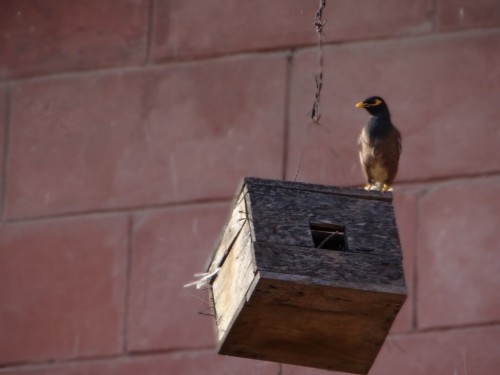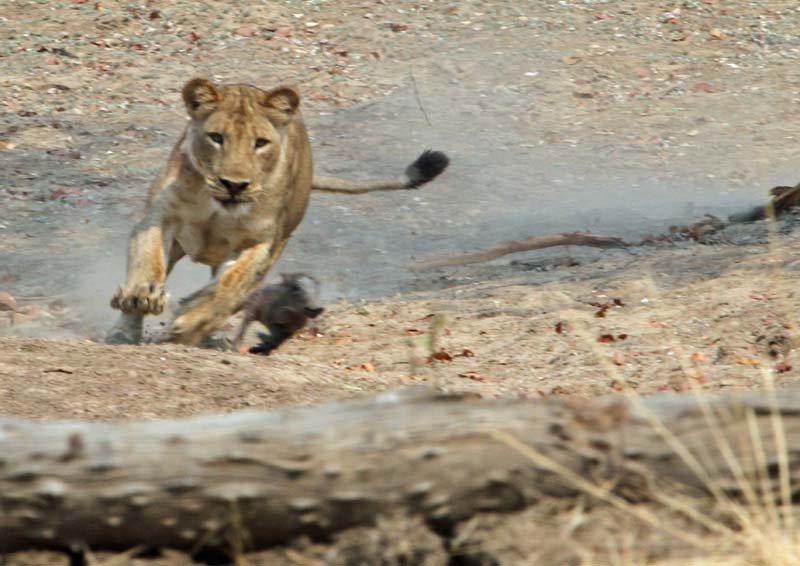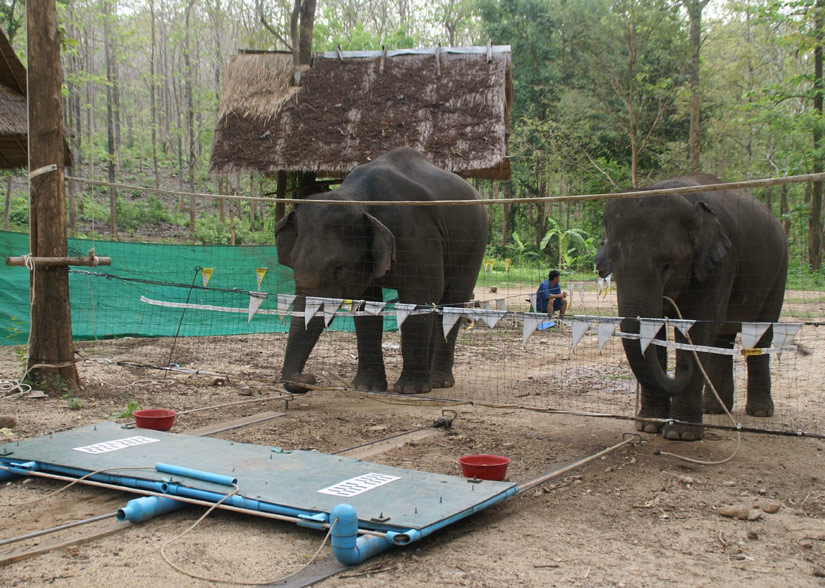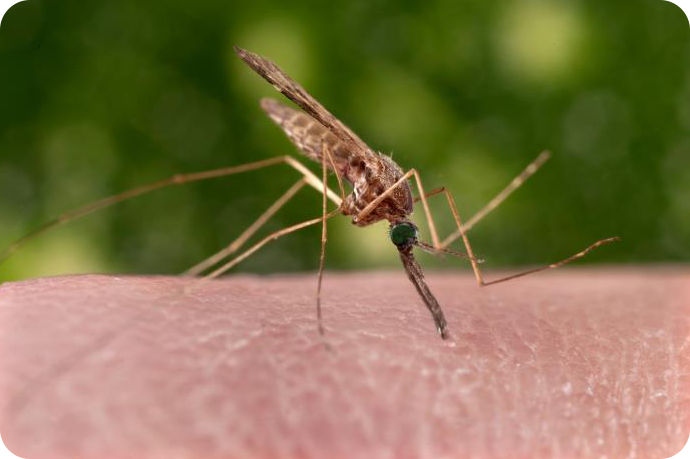Urban living is different from rural living – it is a sentiment that many relate to especially those who have made the shift in their lifetime. Lesser trees -more buildings, lesser meadows -more streets, lesser farms -more factories, the urban environment is a greyer setting that people adapt to and adjust to, to survive. Now a new study says that animals too are adapting to these changes and the ones who are successfully surviving in the concrete jungle are brainier than their naïve rural counterparts.
“A lot of biologists are really interested in how animals are going to deal with changes in their environments,” said biologist Emilie Snell-Rood of the University of Minnesota. “Humans are creating all these totally new environments compared to what they’ve seen in evolutionary history.”
New age World
The scientist and her colleagues now look at cities in a different way. These urban jungles filled with highways, vehicles, soot, dust and multitude of concrete buildings is not a variation of an old habitat. These are being looked upon by the scientists as a new habitat for all living organisms.
Therefore, besides the crows that are highly adapted to living in different habitats and have for long made cities their home, there are also the racoons, rats, jackals, sparrows, hornbills, even leopards that have slowly begun to realise that the old world has changed forever and it is the new age concrete jungle that’s where they need to live and survive.
Cities thus are one more setting of the planet’s evolution. And again, Darwin’s theory of survival of the fittest holds true.
City Smart
The interesting fact that the researchers found after looking at the city life from this new viewpoint is that just like humans who live in cities rather than in villages or rural areas tend to be more street smart, city dwelling animals too become wiser than their rural counterparts!
Snell-Rood and colleagues have published the new study in an August 21 Proceedings of the Royal Society B article.
They compared brain size of museum specimens gathered across the 20th century in Minnesota, USA with that of rural mammals and found a jump in brain size of the city dwellers. This was observed in shrews and voles, bats and squirrels, mice and gophers.
‘Humans are creating all these totally new environments compared to what animals have seen in evolutionary history.’
The scientist explains this increase in brain size because of the cognitive demands of adjusting to changing food sources, threats, and landscapes.
“Being highly cognitive might give some animals a push, so they can deal with these new environments,” she said.
Although brain size does not relate to the intelligence of a human or an animal, the pattern of increase in brain size in all the mammals observed by the team, does show there is some relation to their living in urban environment and thus needing more grey matter to survive.
Bold and Careful
Previous studies that compared animals living in urban jungles to natural habitats found that city animals tend to be bolder not backing down from threats as easily as a country side cousin.
Yet even as they’re bold in certain situations, urban animals are often quite wary in others, especially when confronted with something they haven’t seen before.
“Maybe avoiding danger is an useful trait for some animals living in urban environments,” said biologist Catarina Miranda of Germany’s Max Planck Institute, who did the experiment on rural and urban blackbirds.
“Most of the birds that never approach new objects or enter new environments in this long period of time are urban,” Miranda said. “There are many new dangers in a town for a bird. Cars can run you over. Cats can eat you. Kids can take you home.”
Less Aggressive
Another study has found that bolder does not necessarily mean that the urban animals become more aggressive too. In fact it is quite the opposite.
Jason Munshi-South, an evolutionary biologist at the City University of New York studied city salamanders with those living in the wild and found that,
“[They] tend to be languid,” said Munshi-South. “If you try to pick them up, they don’t try to escape as vigorously as they do outside the city. I wonder if there’s been natural selection for that.”
According to wired.com even more fundamentally, muted stress responses have been found in many species of urban animals. When surprised or threatened, their endocrine systems release lower-than-usual amounts of stress hormones. It’s a sensible-seeming adaptation. A rat that gets anxious every time a subway train rolls past won’t be very successful.
“They’re clearly attenuating their physiological response to stress, probably because they’re constantly inundated with noise, traffic, and all kinds of environmental stresses in cities,” said biologist Jonathan Atwell of Indiana University. “If they were ramping that response up all the time, it would be too costly.”
Biology or Adaptation
The question arises though that whether these changes occurring in city animals is a permanent biological modification or an adaptation to circumstances that can again change if they are nurtured in their old world settings.
Experts believe that while some adaptations are passed on from one generation to another, others can be modified.
Biologist Atwell found that urban birds sing at a higher frequency than rural birds. But when he raised a few of the chicks in a quieter place without the loud noise of a city life, their singing frequency dropped too.
What is interesting to note though is that besides the individual, there is cultural evolution too observed in animals. Squirrels, sparrows, monkeys etc. notice the adaptation that their family members have made in their life to survive in cities and they make those adjustments too.
Snell-Rood says urban squirrels, for example, seem to have adjusted to vocalization-drowning ambient noise by making tail-waving a routine part of communications. Perhaps this was instinctive in a few animals, then picked up by others. Likewise, squirrels might learn about traffic by seeing others get run over.
The Future
There are many questions that in turn surface from these studies. Does the change in characters or brain functioning of an animal eventually give rise to a different subspecies that is more adept to city living? Can the Asian macaques that now live so well amongst us in cities survive now if they are given the freedom to live in a wild environment again? The big question – is this evolution beneficial or harmful for the species and the natural life in general?
For any mutation or evolution to take place, it is not a blink of an eye change, but a process that occurs in a number of years maybe hundreds to gradually become a natural genetic trait of a species. Therefore the answers to all these question lies in the future when if man is able to save the planet and the environment, the city dwelling animals might be a completely separate clan from their jungle dwelling ancestors.
As a conservationist, the scenario looks bizarre when an animals’ natural instinct our culled and adjusted to suit a man-made world, but on the other hand, it is finally survival of the fittest. May all fit to survive do so, in any way that is possible.
In India,
Leopards are sharing space with Humans. Find out here.
Human Proximity is leading to Stomach Infections in Rare Macaque. Read How.
More Related Stories,
Urban Kolkata Home to Numerous Plants and Animals
Abandoned Turtles Saved at Foster Homes
Maharashtra’s Biodiversity Revealed
Image via cc/Flickr by Thomas Bresson, Stuart Cohen, and Arijit Gupta









3 thoughts on “The Smart Survivors: Animals living in Urban Jungles”